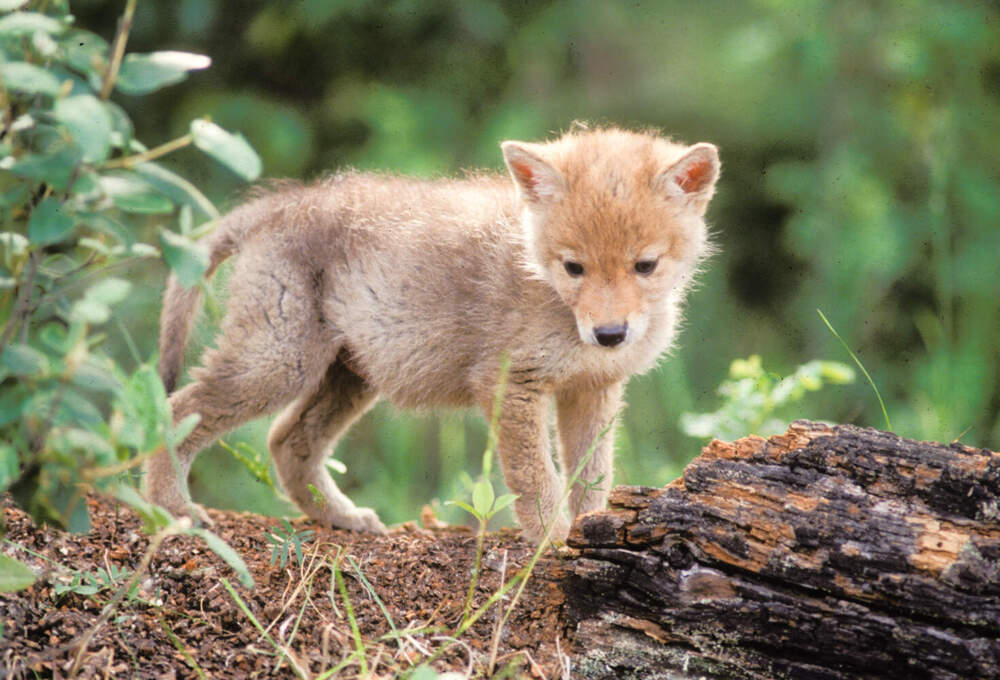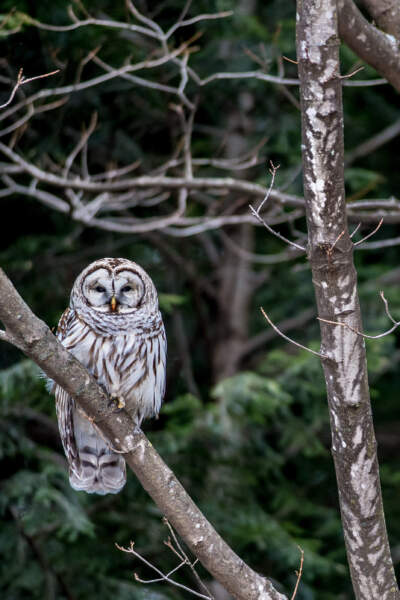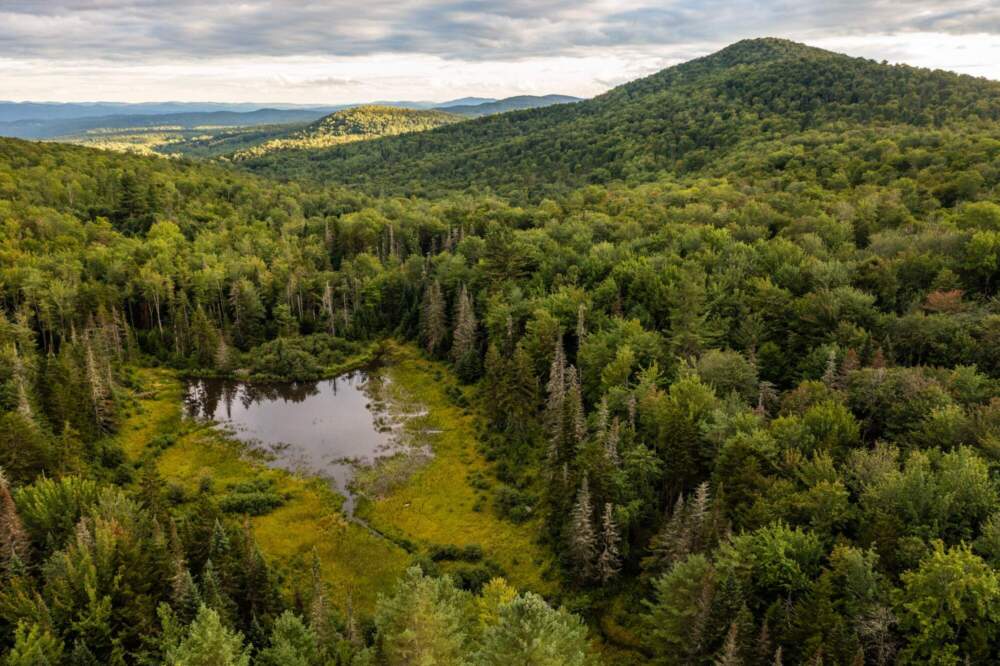Advertisement
Commentary
Rewilding is a radical act of humility

This month marks the 60th anniversary of the passage of the Wilderness Act, the 1964 law that established America’s National Wilderness Preservation System. The law created a mechanism for citizens, acting through their congressional representatives, to permanently protect wilderness areas on federal public lands, thereby safeguarding wildlife habitat and natural scenery from future exploitation.
Then and now, the direct threats to wild nature across the globe are clear: road-building, irresponsible logging and grazing, expanding development and high-impact recreation. Then and now, the ultimate threat to wilderness — that is, places where the land and its community of life are free to evolve and flourish in their own way — is our species’ exceptional capacity for self-centeredness.
Protecting remaining wildlands and fostering wilderness recovery, or rewilding, is an act of radical humility that offers myriad benefits for human well-being, ecological health and climate stability. But it is also antithetical to three foundational ideas that undergird our present techno-industrial growth civilization: One, that humans are the apex of evolution (or creation); two, that the Earth is here to serve us, producing an endless supply of “natural resources” for our use and profit while hoovering up whatever waste we produce; and three, that all of this can go on indefinitely.

Although some may dream of colonizing the cosmos, reasonable people can agree that for now and the foreseeable future, Earth is our one and only home. And on a finite planet, it is a physically impossible proposition that we can sustain a perpetual growth economy. It is also the height of hubris for humans — one species among many millions on Earth — to believe that a magical, planetary-scale supermarket was created to be our “environment,” merely the backdrop to human history.
The key benefit of wilderness is as habitat (home) to our nonhuman kin. But beyond that tangible value as, in the words of writer and conservationist Terry Tempest Williams, “a place of original memory,” where “the world is held together by natural laws,” wilderness offers a philosophical antidote to the unstated but ubiquitous ideology of human supremacy.
This notion is implicit in the Wilderness Act. The poetic language in the law is a testament to its author, Howard Zahniser, and the setting in which he wrote the bill: the Adirondack Park, arguably the greatest historical example of large-scale rewilding on Earth.

Zahniser’s regular visits to his cabin in the Adirondacks taught him that wilderness is not static; it can grow as readily as it can shrink. This observation led him to include the lovely word “untrammeled” in the law’s definition of wilderness:
A wilderness, in contrast with those areas where man and his works dominate the landscape, is hereby recognized as an area where the earth and its community of life are untrammeled by man, where man himself is a visitor who does not remain.
People unfamiliar with the word “untrammeled” often misconstrue it as a synonym for “untrampled” or “untouched.” It isn’t. “Untrammeled” means “not deprived of freedom of action or expression.” The Wilderness Act never uses the word “pristine” because the defining characteristic of wilderness is not the absence of human history (people have been living in this part of North America for millennia) or even past hard use (today’s national parks and wilderness areas throughout the East contain extensive formerly logged and/or farmed lands, for example).
Instead, the defining characteristic of wilderness areas, once designated, is freedom. The freedom for natural processes to carry on in their own way; for trees to live and die in their own good time; and for life’s evolutionary pageant to play out into the future as it has over the past 3.7 billion years on this little blue-green planet. Wilderness areas tacitly assert that wild places and creatures simply have a right to exist, for their own sake.
Advertisement
The Wilderness Act’s elevation of that ethical principle to government policy was wildly progressive. The law in effect expanded the sphere of moral concern to all members of the land community, including members of the land community that we find inconvenient. And it advanced the notion that safeguarding “an enduring resource of wilderness” was a valuable national goal that would benefit future generations. Similarly heartening was the political consensus behind the bill. Its key legislative champions were a pro-conservation Democrat in the Senate and a conservative Republican in the House, where the bill passed 373 to 1. That such a forward-looking idea could generate overwhelming bipartisan support is hard to imagine in these politically polarized times.
The anniversary of the Wilderness Act’s passage offers an opportunity to celebrate its contribution to the American experience and to be thankful for the carbon stored naturally in the more than 111 million acres of habitat now protected in the federal wilderness system. We might also seize this moment as a challenge to reinvigorate bipartisan support for land conservation, and expand wilderness protection on public and private lands across North America and around the globe.

New England, alas, is woefully behind in this work. Less than 4% of the region enjoys this highest level of freedom to flourish. This relative paucity of wildlands presents a hopeful challenge to advance rewilding efforts. The good news is that rewilding can be practiced modestly at the scale of a backyard or schoolyard, collectively through private land trusts or expansively through policies enacted at all levels of government. The result would be a more durable, beautiful regional landscape that beyond our vibrant cities includes large wilderness areas linked by wildlife corridors and sustainably managed farms and woodlands.
This wholistic vision embodies the promise of wilderness conservation: the persistence of Earth’s original memory, where the land knows and exists as itself, and of healthy and resilient natural and human communities alike.
